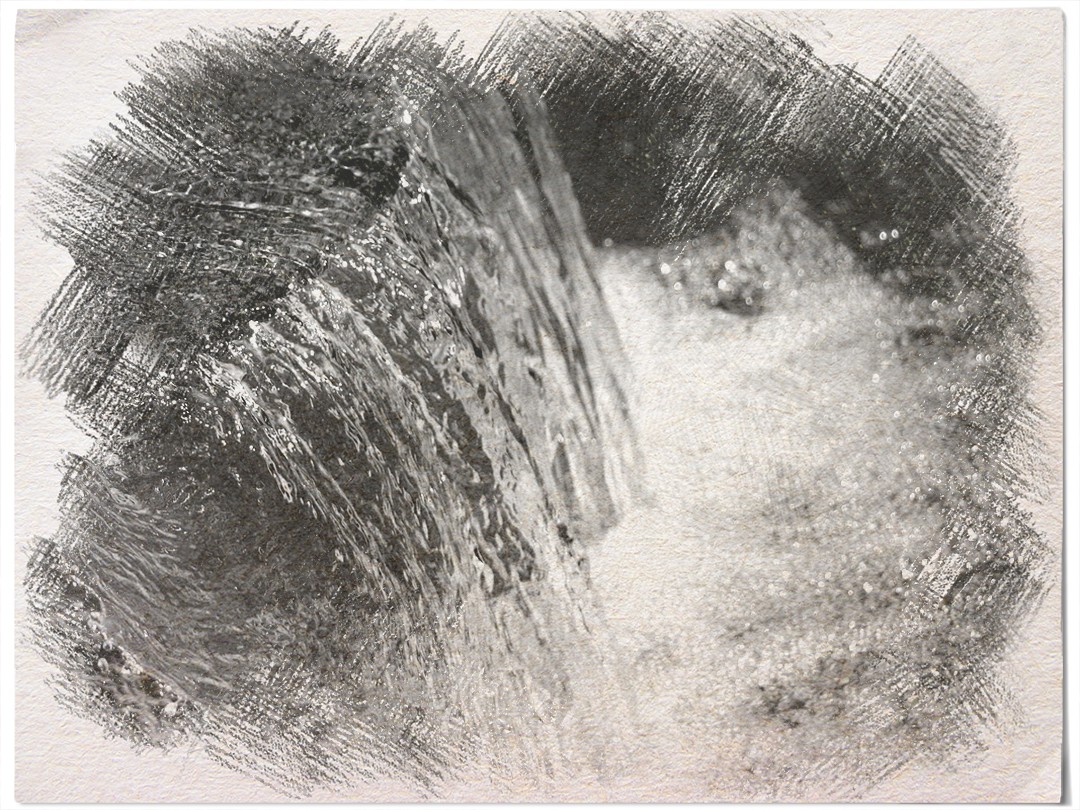Getting hydration right

As part of mixing the dough you will need to be adding some form of liquid – which in many cases will be water.
It does not matter what you are mixing or kneading – dough, batter, etc. there will always be an interaction happening between dry and wet ingredients. It depends what you are mixing and on the ingredients how much liquid can be absorbed. Provided you are properly hydrating your dough, you will see many improvements in various areas including
- Dough Yield
- Texture
- Dough consistency
- Gluten development
Optimizing the hydration level depends on the absorption capabilities of your flour which varies not only with the type and quality but also depends on the environment (the place) you are living in. Places with high humidity will cause the flour to absorb water through the surrounding air, dryer places will decrease the water levels already absorbed by the flour.
On top of all this are the different water retention capabilities of ingredients. Hydrophilic ingredients will suck up, steal water from you mix whereas hydrophobic ingredients will repel water.
The following table gives you an idea what the water absorption rates for different flour types are and how long it takes for them to absorb it.
| Flour type | Water absorption rate | Development Time |
| Very strong flour | >65% | >10 min |
| Strong flour | 60-65% | 4- 8 min |
| Medium strength flour | 55-60% | 2.5 – 4 min |
| Weak flour | <55% | <2.5 min |
Keep in mind that the rates and times may vary depending on the environment and the other ingredients you add. The key factor with proper hydration is that gluten can be developed properly, quickly and the shelf life of your product will be much longer.
When you are mixing your dough you need to ensure that over- or under absorption does not come into play. Under absorption will cause a problem with the dough development itself, ingredients are not properly mixed and proofing is very slow. The product will be very dense and becomes stale more quickly.
Over absorption makes your dough sticky, makes the dough prone to over fermentation and your product will not look too great. It may also become moody more quickly.
Here are some influencing factors that will define how flour absorbed water:
- Flour in high humidity environments absorbs less water
- Flour in dry environments absorbs more water
- More starches or starch damages cause higher water absorption
- Higher protein levels in flour cause higher water absorption
- Higher pentosan content causes higher water absorption
- Wheat gluten added to flour will increase water absorption and gives better dough stability
- High amylase content decreases water absorption capacity
When looking at the dough hydration, a number of things have to be considered. But if you do it right, your product will show it.
